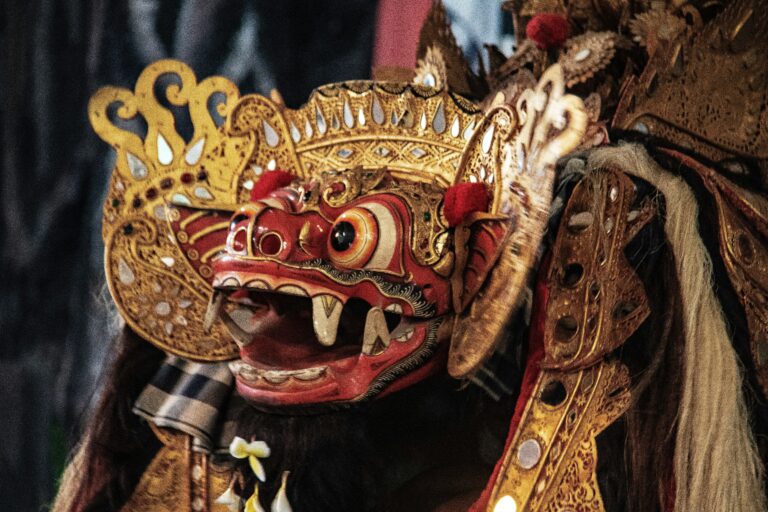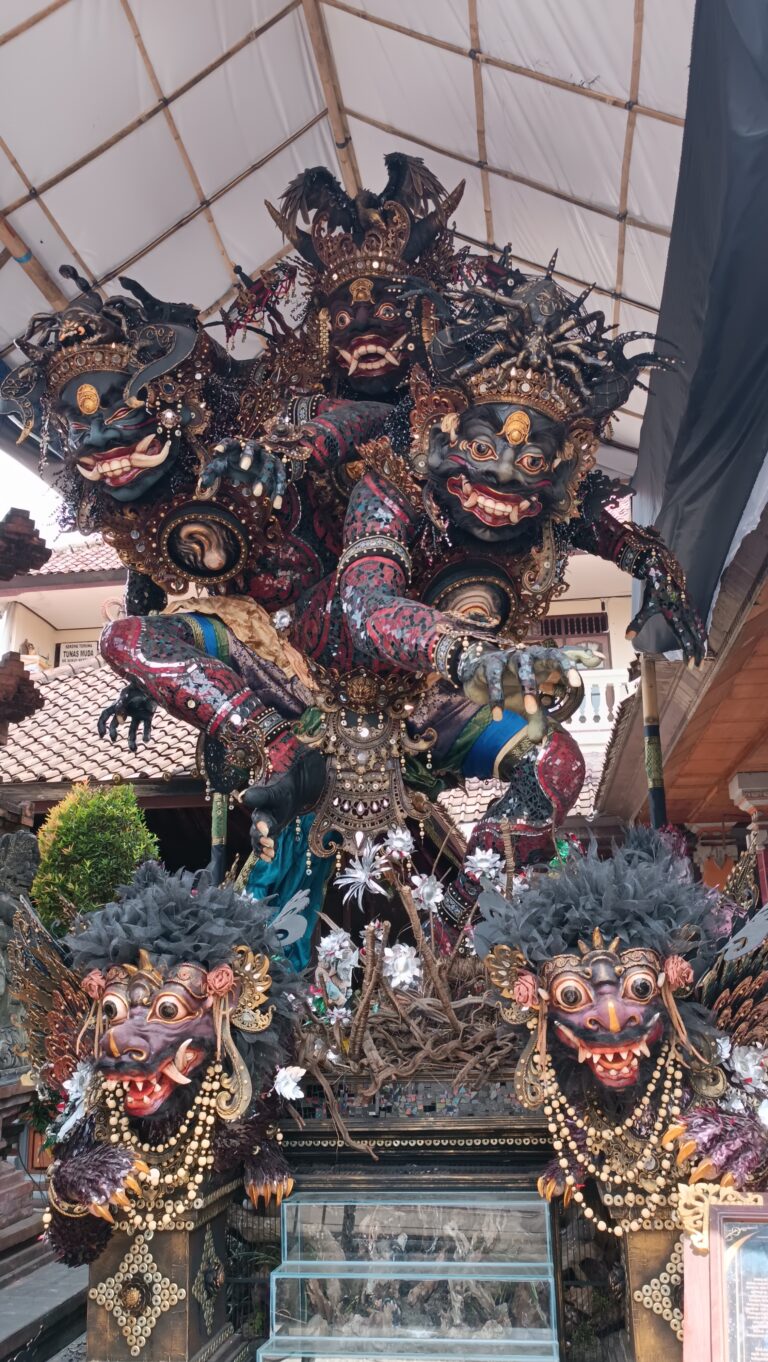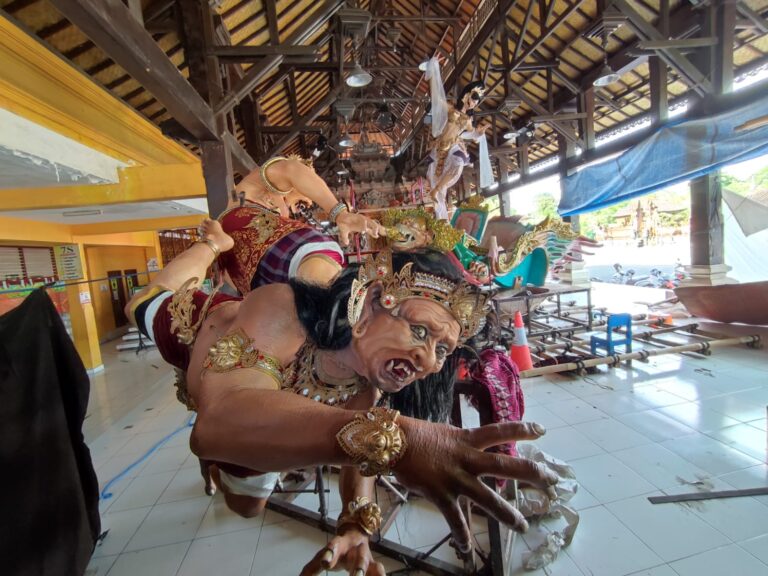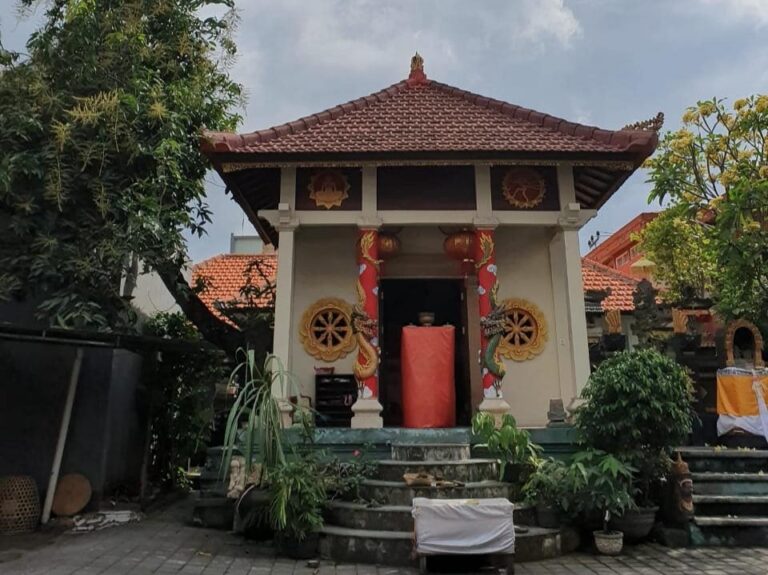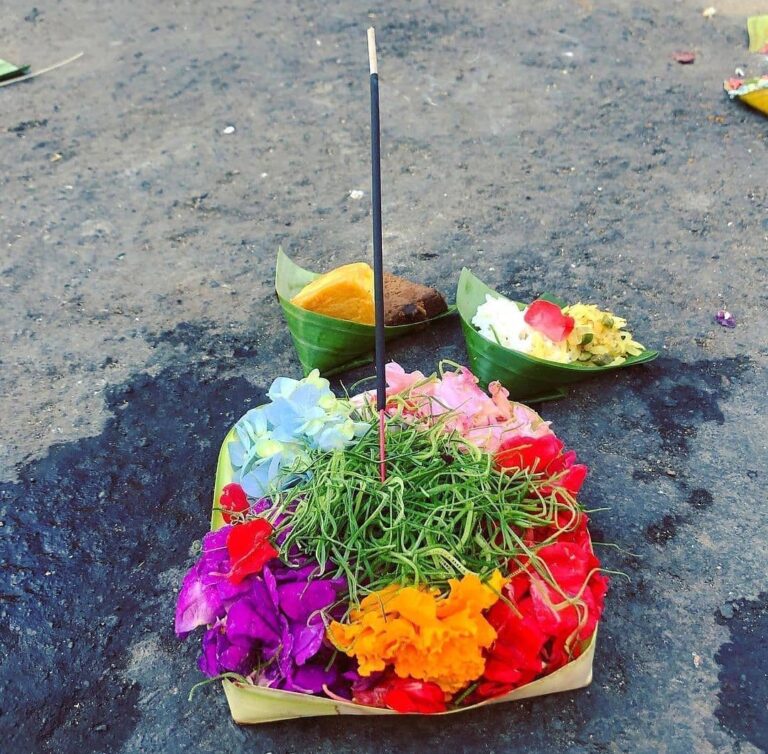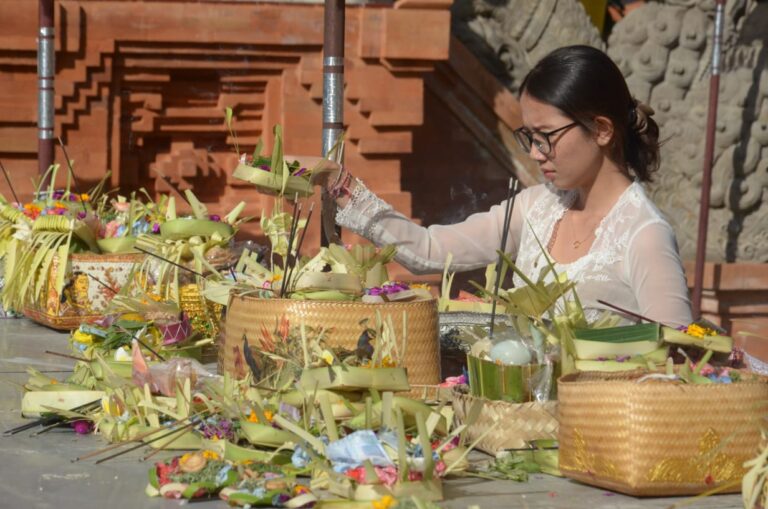
The Sacred Rhythm of Galungan, Bali’s Celebration of Good Over Evil
Every 210 days, a quiet transformation sweeps across the island of Bali. Streets become adorned with towering, arching penjor—elaborate bamboo poles decorated with coconut leaves, flowers, and rice offerings. Families gather, temples glow with incense, and an unshakable sense of reverence fills the air. This is Galungan, the most spiritually profound holiday in the Balinese…

